UV-Vis Spectrophotometer calibration
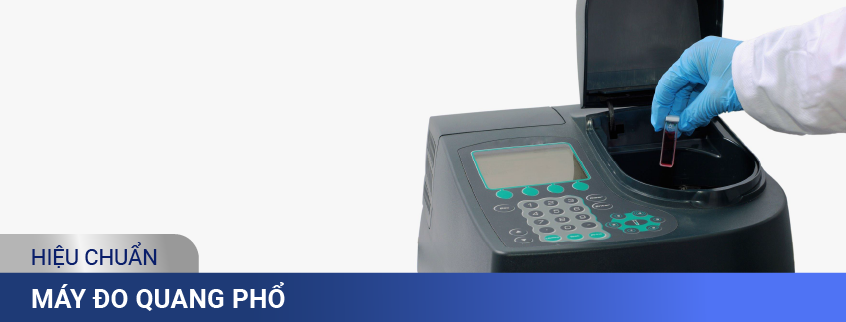
Contents
- What is spectrum?
- UV-Vis Spectrophotometer
- Principles of Operation
- Applications
- Why should UV-Vis Spectrophotometer be calibrated?
- UV-Vis Spectrophotometer - Calibration procedure
A UV-Vis spectrophotometer, or ultraviolet-visible spectrophotometer, is a specialized device used to analyze the concentration of substances in samples (solutions) and is widely used in many different scientific fields.
1. What is spectrum?
Before we delve into the topic of spectrophotometer calibration, let’s understand what a spectrum is.
- A spectrum is a band of colors similar to a rainbow that is obtained on a screen when light undergoes dispersion and scientists study it by dividing the light collected using a prism or diffraction grating into its different colors or wavelengths.

- A device used to measure the spectrum of light is commonly referred to as a spectrometer, a spectrophotometer, or a spectral analyzer.
2. UV-Vis Spectrophotometer
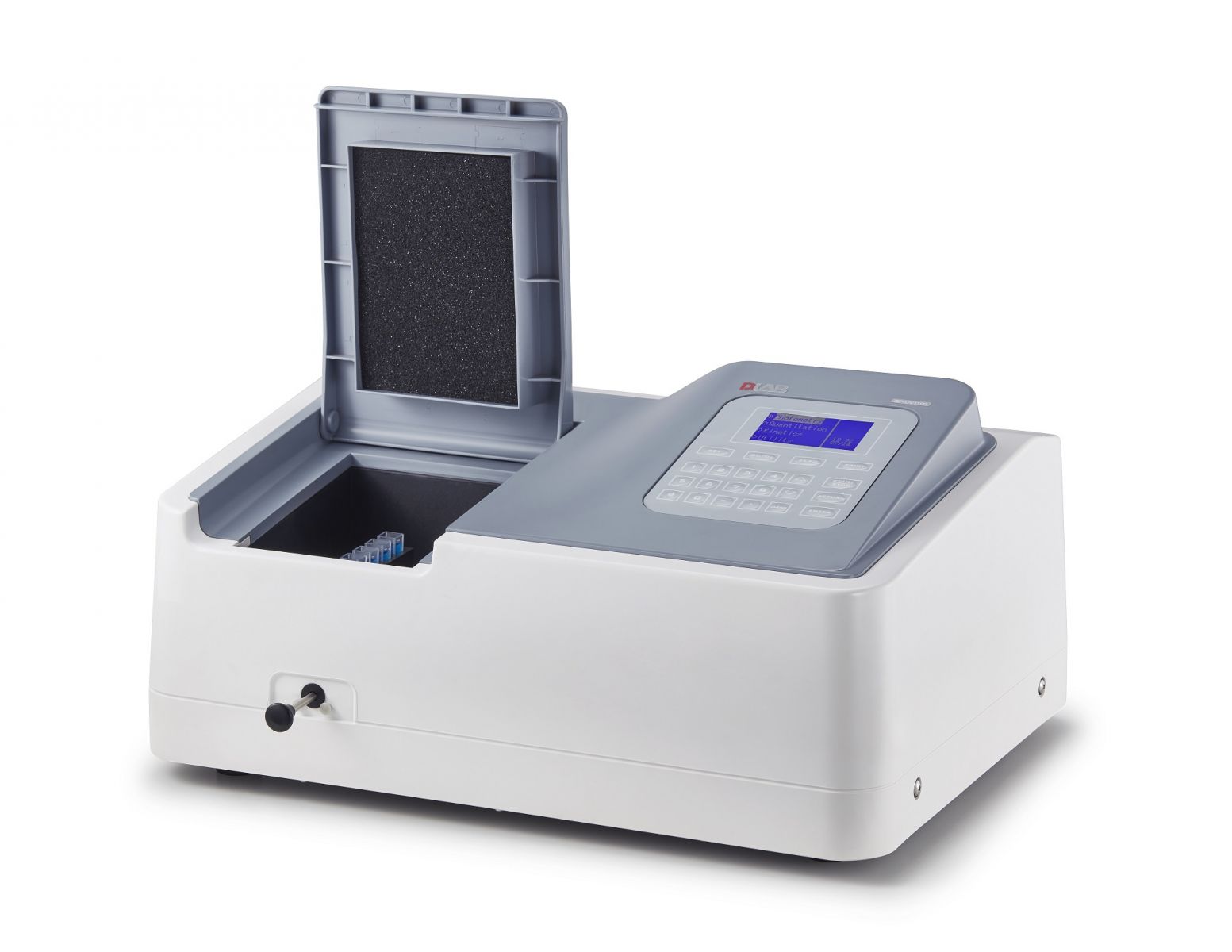 |
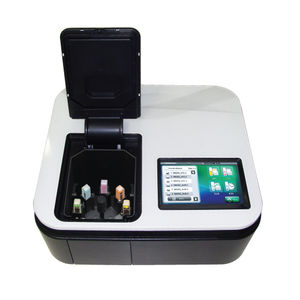 |
A UV-Vis Spectrophotometer, also known as an ultraviolet-visible spectrophotometer, abbreviated as a spectrophotometer, is a specialized device used to analyze the concentration of substances in liquid samples. It works by measuring the light absorption of a substance in a certain optical spectrum region to determine its concentration, purity, and physical properties. This device is commonly used in biochemical, analytical, and testing laboratories, as well as in pharmaceuticals, biotechnology, food and beverage, and chemical industries.
3. Principles of Operation

1. A sample solution is placed inside the spectrophotometer.
2. Light source: provides radiation compatible with the measurement process. This light source is usually a polychromatic radiation beam.
3. Monochromator: The monochromator separates light into individual colors, or more accurately, into individual wavelengths. A slit can be adjusted to allow only a specific wavelength of light to pass through the sample solution. The monochromator includes a filter lens, a prism, or a grating and a light slit.
4. Cuvette: The light wavelength is shone onto the sample, which is held in a small container called a cuvette. Extreme care must be taken when handling cuvettes as even a slight fingerprint can interfere with the results.
5. Measurement chamber: The main spectral absorption area is the dark region at the end of the transmission line. When a monochromatic radiation beam is separated, it will go there.
6. Detector: The detector component will record and process the light signal into an electrical signal, which senses the electrical radiation after it is absorbed and converts it into a current. Any light passing through the sample is read and displayed on the output screen.
The principle of operation of a spectrophotometer is as follows:
– When an atom is in a gaseous state, a beam of light with specific wavelengths is shone on it. This causes the atom to absorb radiation corresponding to the radiation it can emit.
– At this point, the atom will be excited to a higher energy state than its ground state.
– The entire process is called the energy absorption process of a free gaseous atom and will create an absorption spectrum of that element.
– For each energy value that the atom has absorbed, we will have an absorption spectrum line. To calculate the absorbance, we use the Lambert-Beer law.
– The UV-VIS region is the region from near UV to near IR. This point will be determined from about 180 - 1100nm. This is also the spectral region that has been extensively studied and has many applications in quantitative analysis.
4. Applications
UV VIS spectrophotometers are used in various fields such as biological research, industry, pharmaceuticals, and environmental analysis. Here are some of the applications of UV VIS spectrophotometers:
- In pharmaceutical research, they are used to identify and quantify compounds in drugs to ensure their quality and efficacy.
- In industries such as pharmaceuticals, food, and cosmetics, they are used to control and analyze the quality and consistency of raw materials and products
- In environmental analysis, they are used to analyze water sources and detect harmful components.
- They are used to determine the purity of a substance.
- They can analyze samples without destroying or chemically processing them
- They can analyze samples with small volumes down to 0.5 microliters
5. Why should UV-Vis Spectrophotometer be calibrated?
Spectrophotometers are frequently used analytical devices in laboratories. Therefore, it is essential to calibrate the spectrophotometer not only to ensure that the device operates stably and provides accurate results but also to determine whether any parts, lights, optical sensors, etc. have malfunctioned so that the device can operate at its best state
Moreover, if the device is not used, controlled, or calibrated for a long time, the spectrophotometer will likely “drift.”
Drift causes the device to provide inaccurate measurement results. Calibration will help detect this issue and allow analysts to address it.
6. UV-Vis Spectrophotometer - Calibration procedure
This is a concise summary of the calibration process for a UV-Vis Spectrophotometer, referenced from the technical document ĐLVN 372:2020. Please note that the actual calibration procedure may vary slightly from the standard ĐLVN 372:2020 (internal calibration procedure).
- Wavelength calibration standard
- Transmittance calibration standard (Absorbance calibration standard)
- Auxiliary equipment (Specialized box, cotton fabric, soft-bristle cleaning brush, gloves, mask, specialized paper)
When performing calibration, it’s important to ensure the following conditions::
- Temperature: (23 ± 2) oC
- Humidity: ≤ 85 %R.H.
- Prepare the standards: Clean them with a specialized optical lens cleaning paper and a soft-bristle cleaning brush. After the standards are cleaned, place them on the tray.
- Prepare the UV-Vis spectrophotometer: Turn on the device and let it stabilize for at least 30 minutes before calibration.
- The spectrophotometer should display the manufacturer’s symbol and trademark.
- The protective shell of the measuring instrument should not be cracked. The components of the UV-Vis spectrophotometer should not be broken or damaged.
- Technical checks must be carried out according to the following requirements:
- Check the normal operating status and technical functions of the UV-Vis spectrophotometer, and calibrate it according to the manufacturer’s technical documentation.
- Set the scanning spectral range, step size, spectral width, and absorption measurement mode (Abs mode) for the UV-Vis spectrophotometer.
- Perform the baseline or zero scan mode.
- Place the wavelength standard in the sample holder of the UV-Vis spectrophotometer.
- Perform the scan mode.
- After the measurement, determine the wavelength peaks (the wavelength point at which the absorption reaches the maximum value) according to the technical characteristics of the standard set in the previously established spectrum range. Check at least 5 wavelength peaks evenly distributed in the spectrum range (200 ÷ 900) nm.
- Perform 5 measurements and calculate the average value of the measured results at the determined wavelength peaks.
- Compare the average values determined from the UV-Vis spectrophotometer with the certificate of the wavelength standard to determine the wavelength error of the spectrophotometer.
- If the wavelength error of the spectrophotometer at all test points is not greater than the allowable wavelength error of the UV-Vis spectrophotometer (according to the technical characteristics of the spectrophotometer), then the spectrophotometer meets the wavelength error requirement.
- Set the scanning spectral range, step size, spectral width, and absorption measurement mode (Abs mode) for the UV-Vis spectrophotometer.
- Perform the baseline or zero scan mode.
- Place the absorption standard in the sample holder of the UV-Vis spectrophotometer.
- Perform the scan mode.
- After performing the measurement, determine the absorbance values at evenly distributed wavelengths in the spectral range (200 ÷ 900) nm according to the technical characteristics of the absorption standard in the spectral range that has been set. From there, determine the absorbance values at the corresponding wavelengths and record the measured results. Check at least 03 absorbance values distributed in the range (0 ÷ 2) Abs.
- The measurement should be repeated 5 times, and the average value of the measured absorbance at the corresponding wavelengths should be calculated.
- The average value of the measured absorbance from the UV-Vis spectrophotometer should be compared with the certificate of the absorption standard to determine the measurement error of the UV-Vis spectrophotometer.
- If the absorbance measurement error of the UV-Vis spectrophotometer at all test points is not greater than the allowable absorbance measurement error of the UV-Vis spectrophotometer that needs to be calibrated (according to the technical characteristics of the manufacturer’s spectrophotometer), then the spectrophotometer meets the absorbance measurement error requirement.
After calibration, the UV-Vis spectrophotometer is labeled and issued a calibration certificate along with the calibration results.
Recommended calibration cycle: 01 year
To consult and request for quote on our UV-Vis spectrophotometeer calibration services, please kindly contact us via the following information:
LABORATORY: DONG TAM MEASUREMENT AND TECHNICAL TRADING SERVICE CO., LTD
ADDRESS : No.57-59 Street 11, Binh Hung Residential Area, Binh Hung Commune, Binh Chanh District, Ho Chi Minh City
TEL: 028 375 83 869 - Hotline: 0909 347 891 (Mr. Lâm)
Email: info@dongtam-mes.vn
Relative post | Xem tất cả
- Stopwatches calibration
- ORP meter calibration
- Hydrometer calibration
- Analytical and Technical balance calibration
- Analytical and Technical balance verification
- Spring dial scales verification
- Spring dial scales calibration
- Bench weight scale verification
- Bench weight scales calibration
- Platform scales verification
- Platform scales calibration
- Chlorine meter calibration



















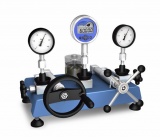
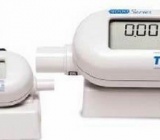
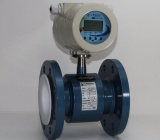

 Legal
Legal  Call: 0283.7583869
Call: 0283.7583869  Search for Certificate
Search for Certificate  Contact
Contact